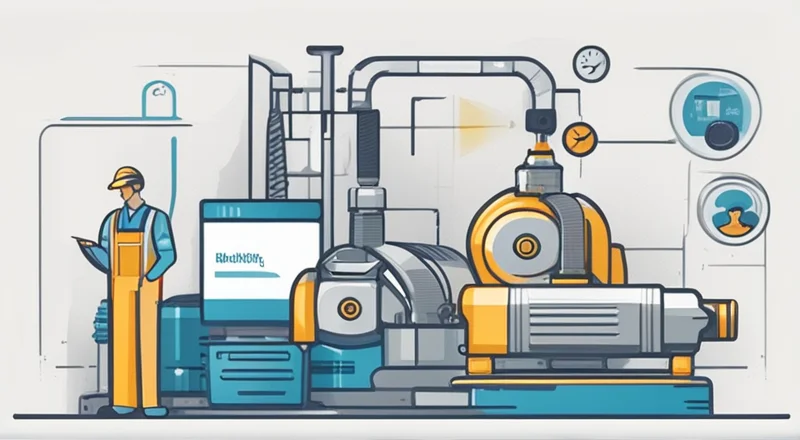Hydraulic jack is a mechanical tool designed based on Pascal’s law (liquid pressure transmission principle). It uses the hydraulic system to amplify small forces into large forces to achieve the lifting, support or displacement of heavy objects. Its core features are strong load-bearing capacity, stable operation and precise control. It is widely used in automobile maintenance, construction engineering, industrial equipment installation and emergency rescue.
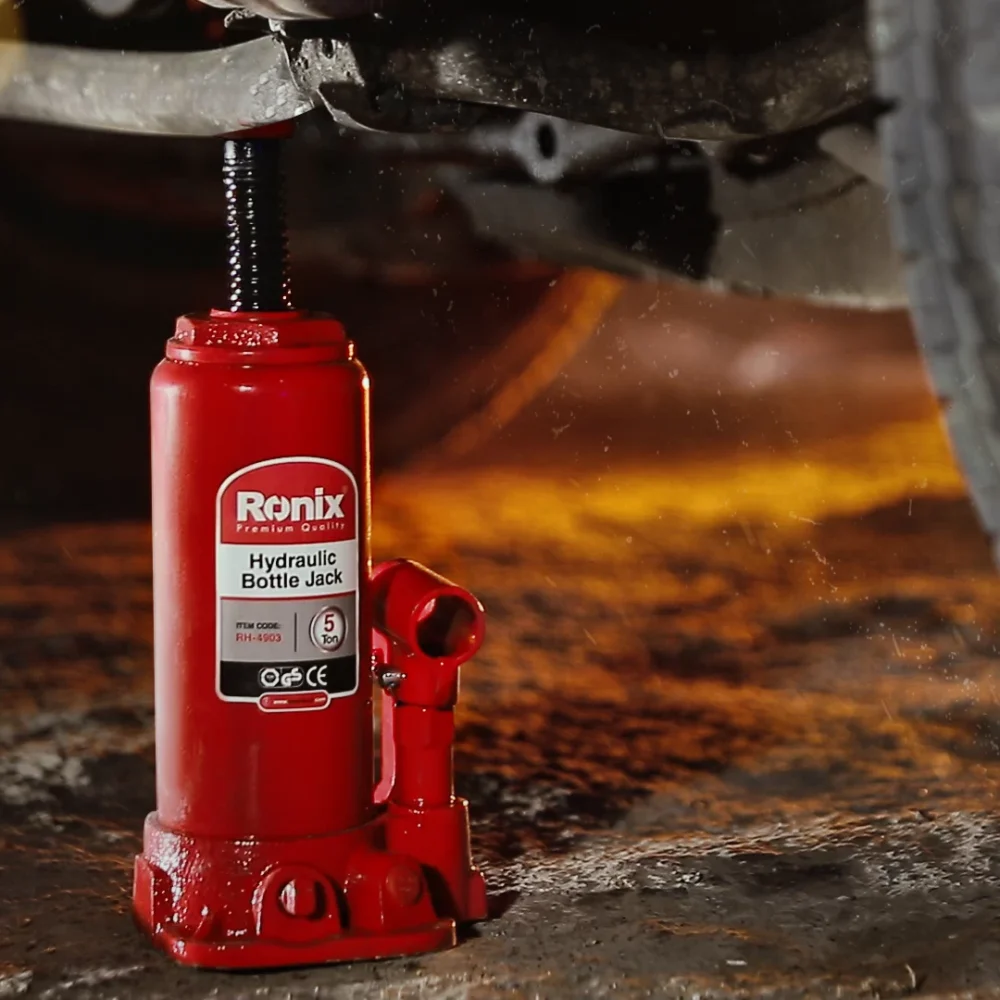
1. Basic structure and working principle of hydraulic jack
1. Core structure
(1) Hydraulic pump (manual or electric): driven by a handle or motor to pressurize the system.
(2) Oil storage chamber: stores hydraulic oil (usually mineral oil).
(3) Working cylinder (master cylinder): has a piston inside, which is pushed by hydraulic oil.
(4) Control valve: adjusts the direction of the oil circuit, controls lifting and oil return.
(5) Lifting arm/tray directly contacts the load and transmits lifting force.
2. Working principle
(1) Pressurization stage: manual or electric pump compresses hydraulic oil into the working cylinder, pushing the piston upward.
(2) Pascal’s law: the pressure in a closed liquid is equal everywhere, and the force exerted by the small area piston is transmitted to the large area piston, amplifying the output force.
(3) Oil return stage: open the control valve, the hydraulic oil flows back to the oil storage chamber, and the lifting arm is reset.
2. Main types of hydraulic jacks
Depending on the structure and purpose, common types include:
(1)Bottle jack:
small size, easy to carry, lifting force of 150 tons | automobile maintenance, small equipment lifting.

(2)Scissor jack:
low design, suitable for narrow spaces, lifting force of 0.55 tons, car chassis operations, emergency rescue.
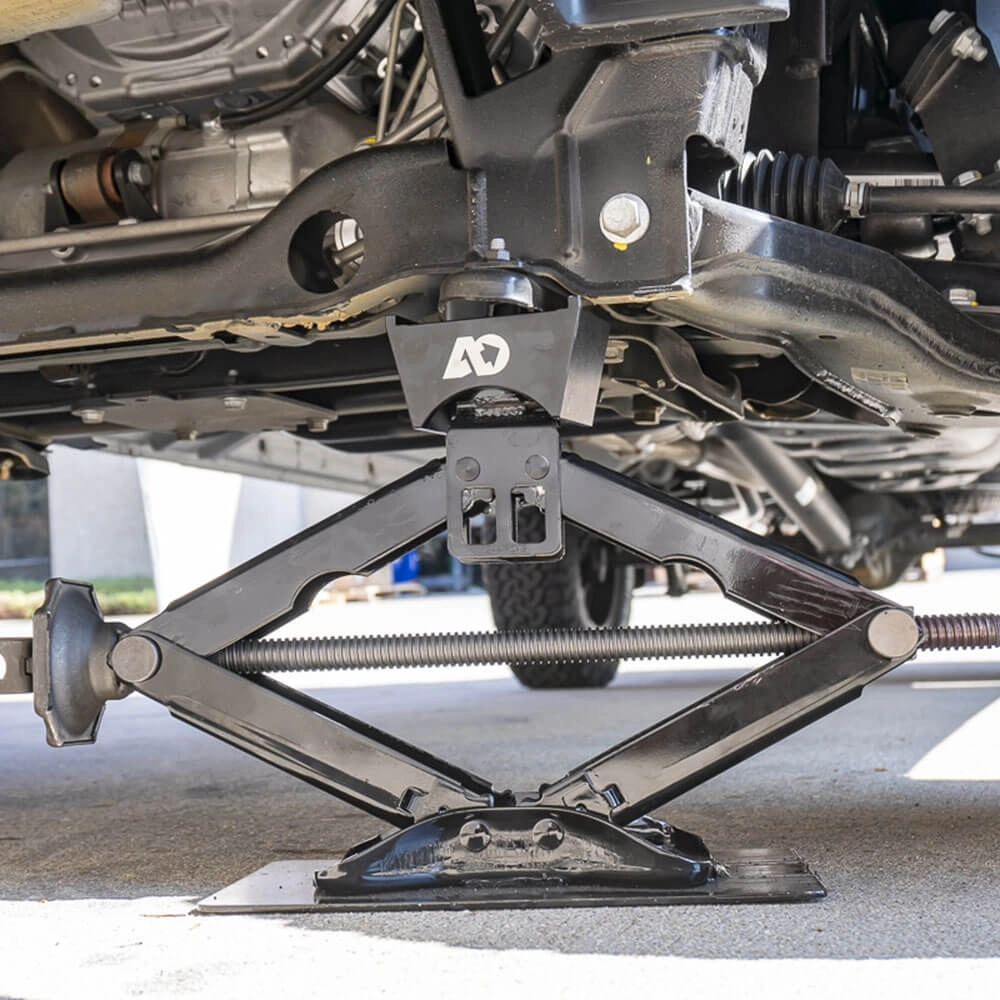
(3)Horizontal jack:
horizontal cylinder design, large lifting force (up to 200 tons or more), heavy machinery, bridge construction, factory equipment installation.
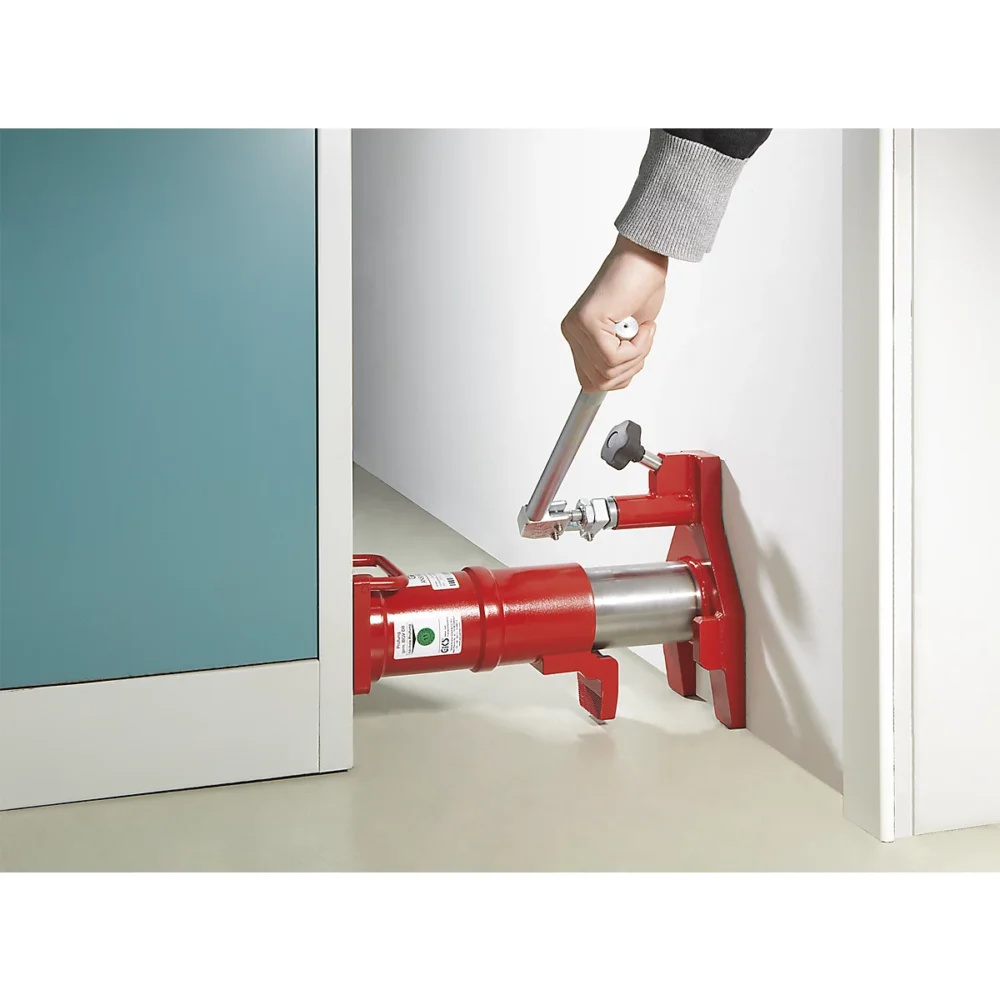
(4)Separate jack:
pump and lifting mechanisms are separated, remote operation is flexible | lifting in narrow or dangerous environments (such as tunnels, underground).

(5)Pneumatic hydraulic jack:
driven by compressed air, labor-saving and efficient, factory assembly line, frequent lifting operations.

3. Application scenarios and examples of hydraulic jacks
(1)Car maintenance
Replacing tires: Use bottle or scissor jacks to lift the vehicle for easy removal of tires.
Chassis inspection: Lock the height after lifting the car to facilitate inspection of chassis components.

(2)Construction engineering
Bridge construction: Use large-tonnage horizontal jacks to adjust the position of prefabricated beams.
Steel structure installation: Lift steel columns or beams to a predetermined height and fix them.

(3)Industrial equipment maintenance
Heavy machinery maintenance: Lift machine tools, stamping machines and other equipment, replace parts or adjust the level.
Production line adjustment: Lift the conveyor line frame and calibrate the equipment position.

(4)Emergency rescue
Vehicle accident rescue: Use a separate jack to lift the deformed car body and rescue the trapped people.
Earthquake/collapse rescue: Lift the collapsed building components and open a rescue channel.

(5)Aerospace
Aircraft maintenance: Lift the fuselage or wing of the aircraft and inspect the landing gear or engine.

4. Precautions for using hydraulic jacks
(1)Safety operation specifications
Load matching: Overloading is strictly prohibited. Choose a jack with a tonnage greater than the actual load (1.5 times the safety factor is recommended).
Stable support point: Ensure that the contact surface between the lifting tray and the load is flat to prevent slippage.
Tilt use is prohibited: The jack must be subjected to vertical force to avoid structural damage caused by lateral force.
Avoid overstroke: The lifting height must not exceed the rated stroke, and auxiliary support (such as safety bracket) should be installed when necessary.

(2)Maintenance
Regularly check the oil: The hydraulic oil must be clean and free of impurities and replace the aging oil in time.
Seal maintenance: Check whether the piston seal is leaking oil and replace the worn parts in time.
Anti-rust treatment: Clean the surface and apply anti-rust oil when storing for a long time.

(3)Common fault handling
Unable to lift insufficient hydraulic oil, air entering the system, add oil, exhaust operation.
Slowly sinking after lifting aging of the sealing ring, leakage of the control valve | Replace the sealing ring, check the sealing of the valve.
Handle operation is difficult: oil viscosity is too high, internal wear of the pump | Replace low-viscosity hydraulic oil, repair the hydraulic pump.
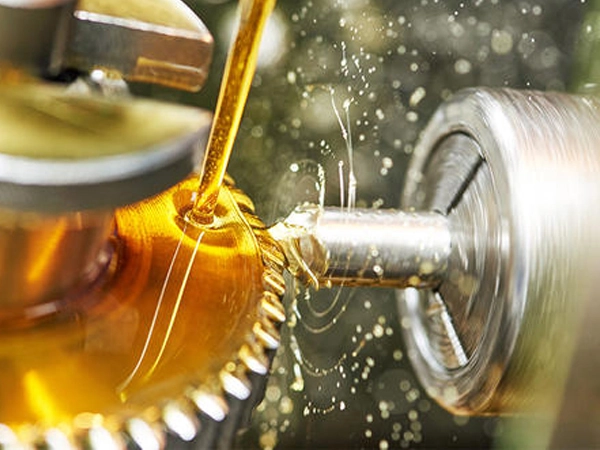
5. Advantages and limitations of hydraulic jacks
(1) Advantages
High load-bearing capacity: can easily lift loads ranging from tens to hundreds of tons.
Smooth and controllable: hydraulic system has no impact and is suitable for precise adjustment.
Flexible operation: manual or electric drive can adapt to different scene requirements.

(2) Limitations
Depending on hydraulic oil: low or high temperature may affect the performance of the oil.
Large volume and weight: large tonnage jacks are inconvenient to carry.
High maintenance requirements: the sealing and oil condition need to be checked regularly.
